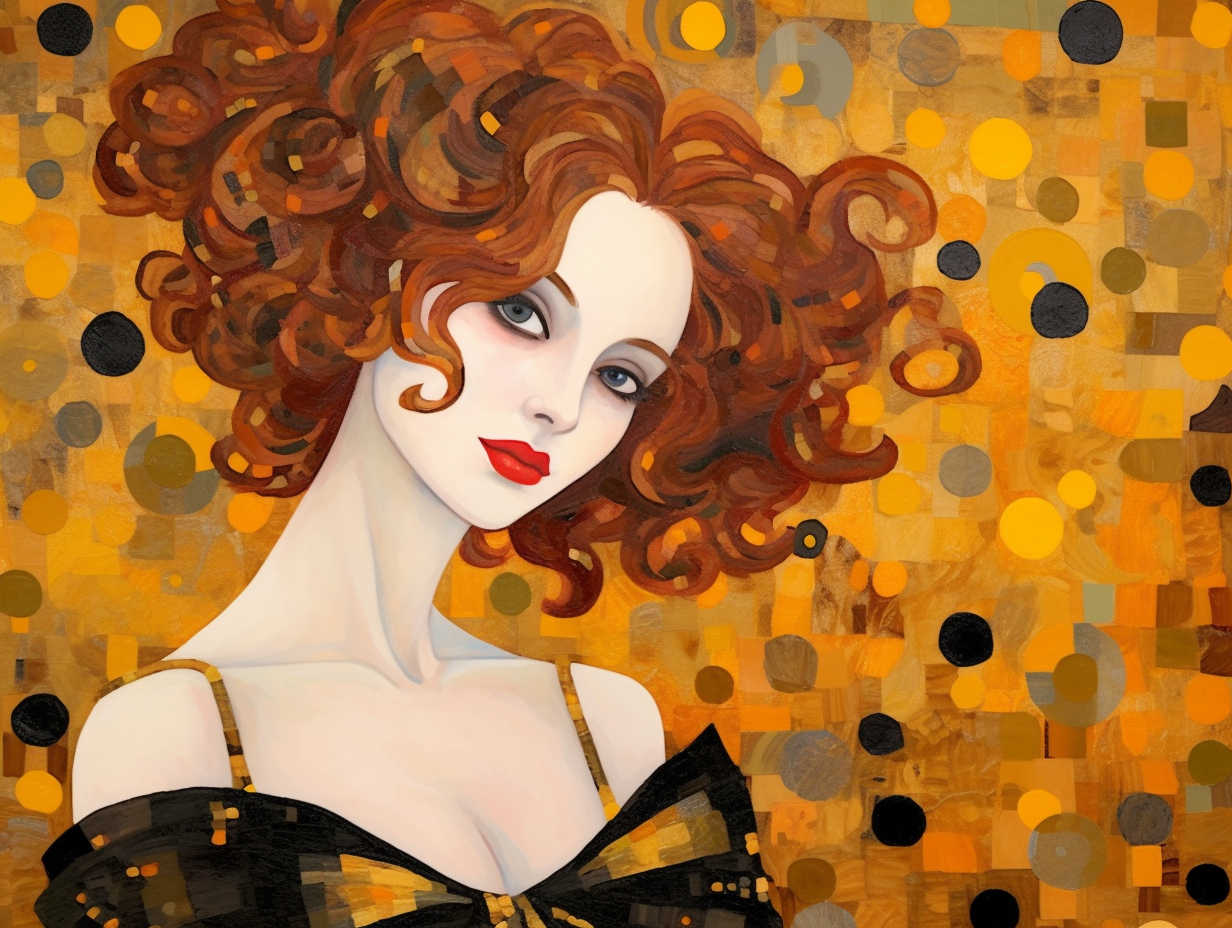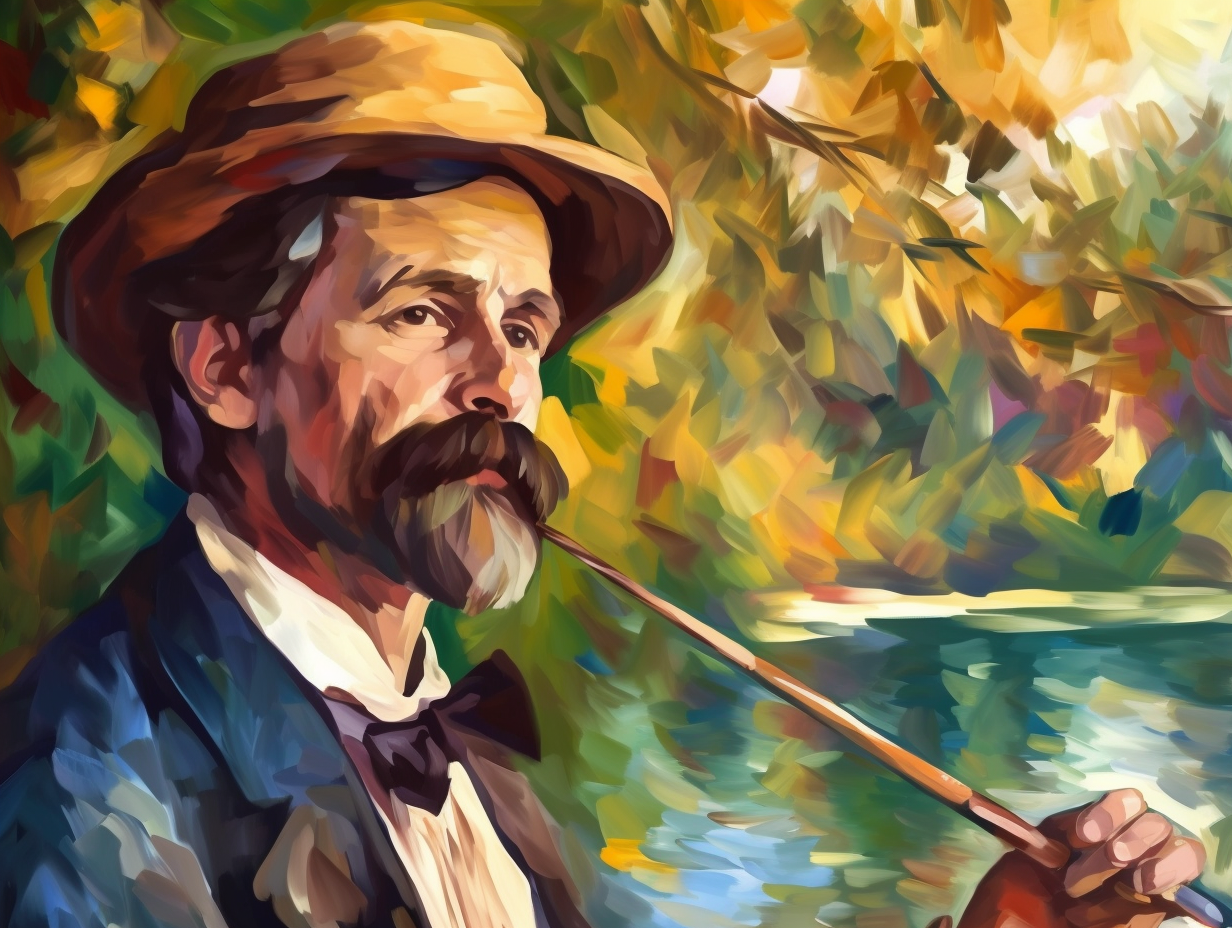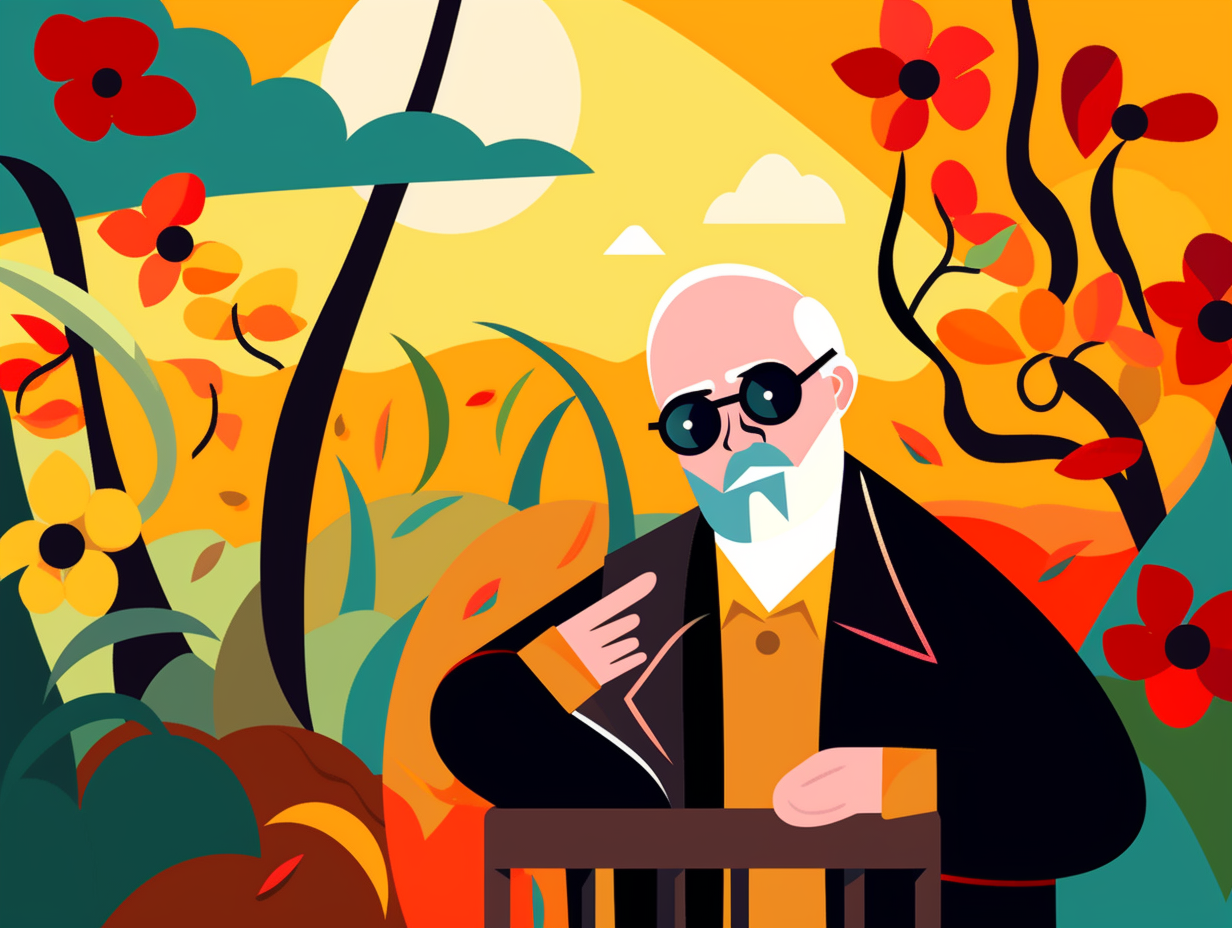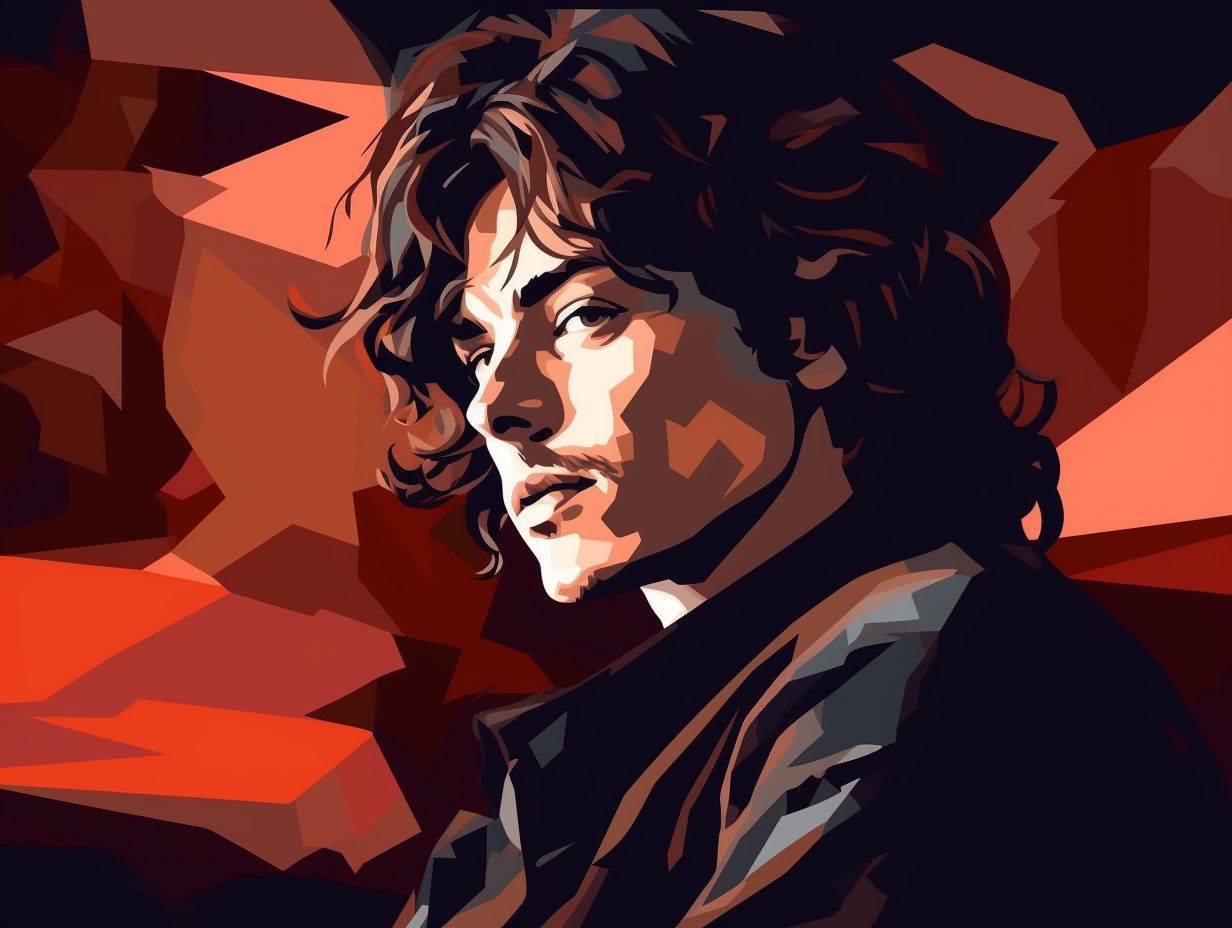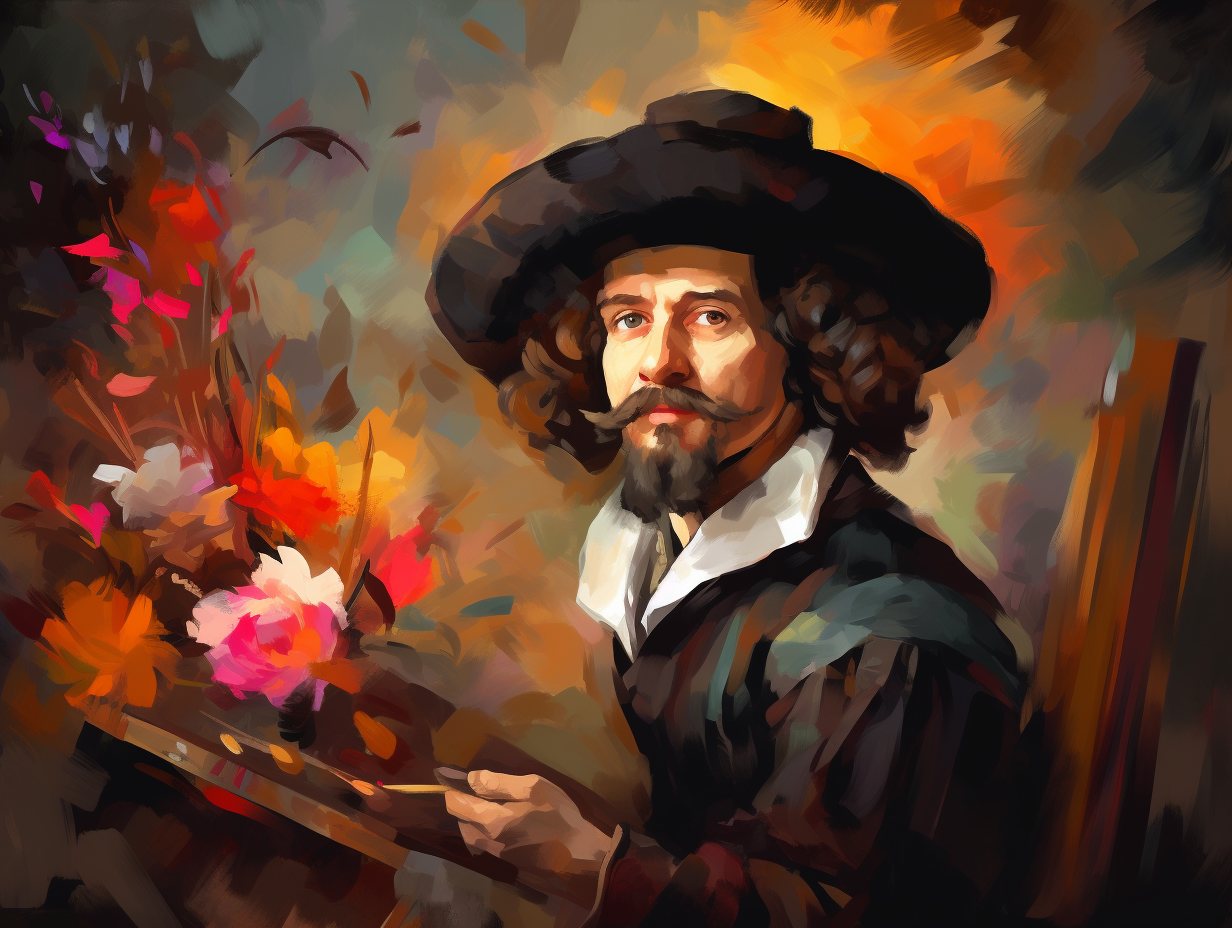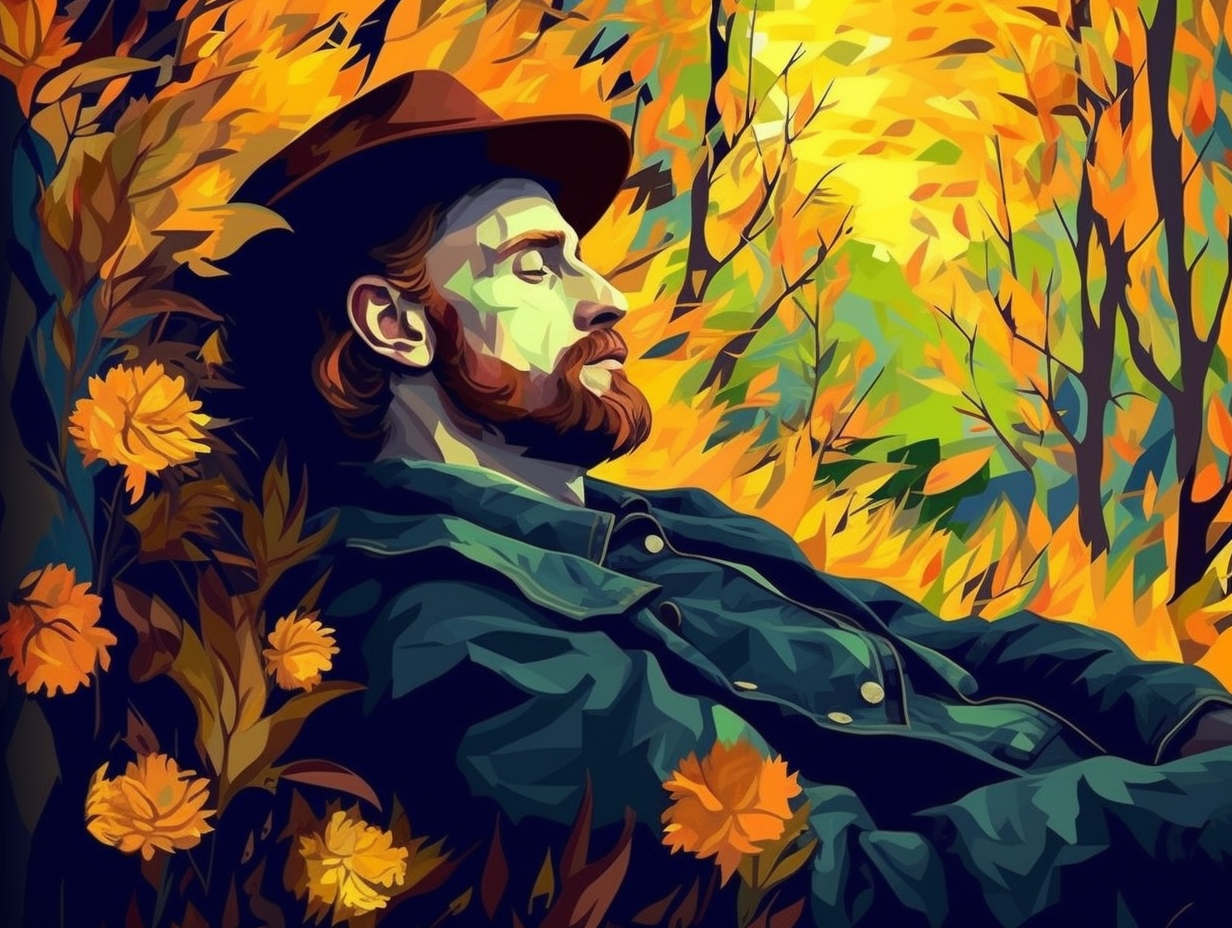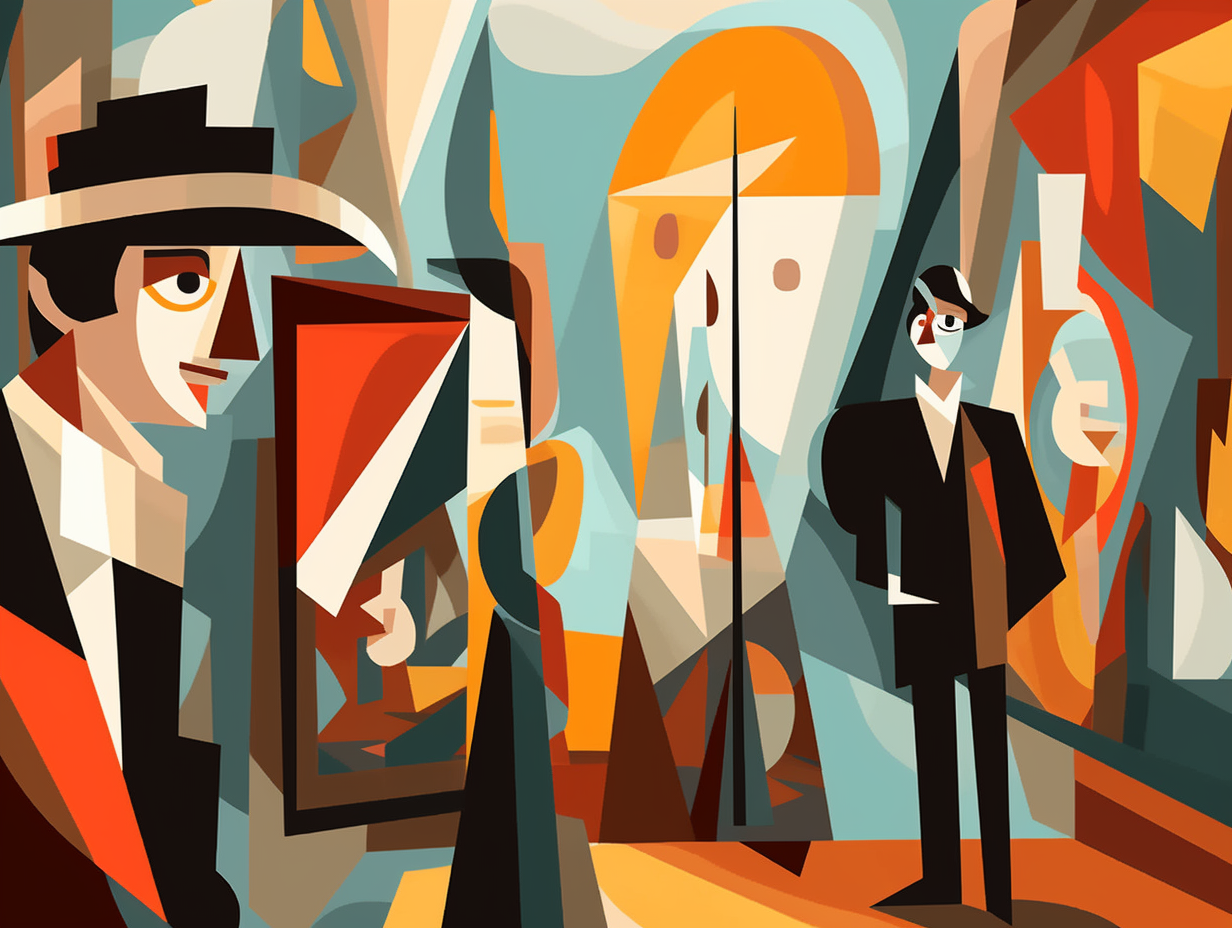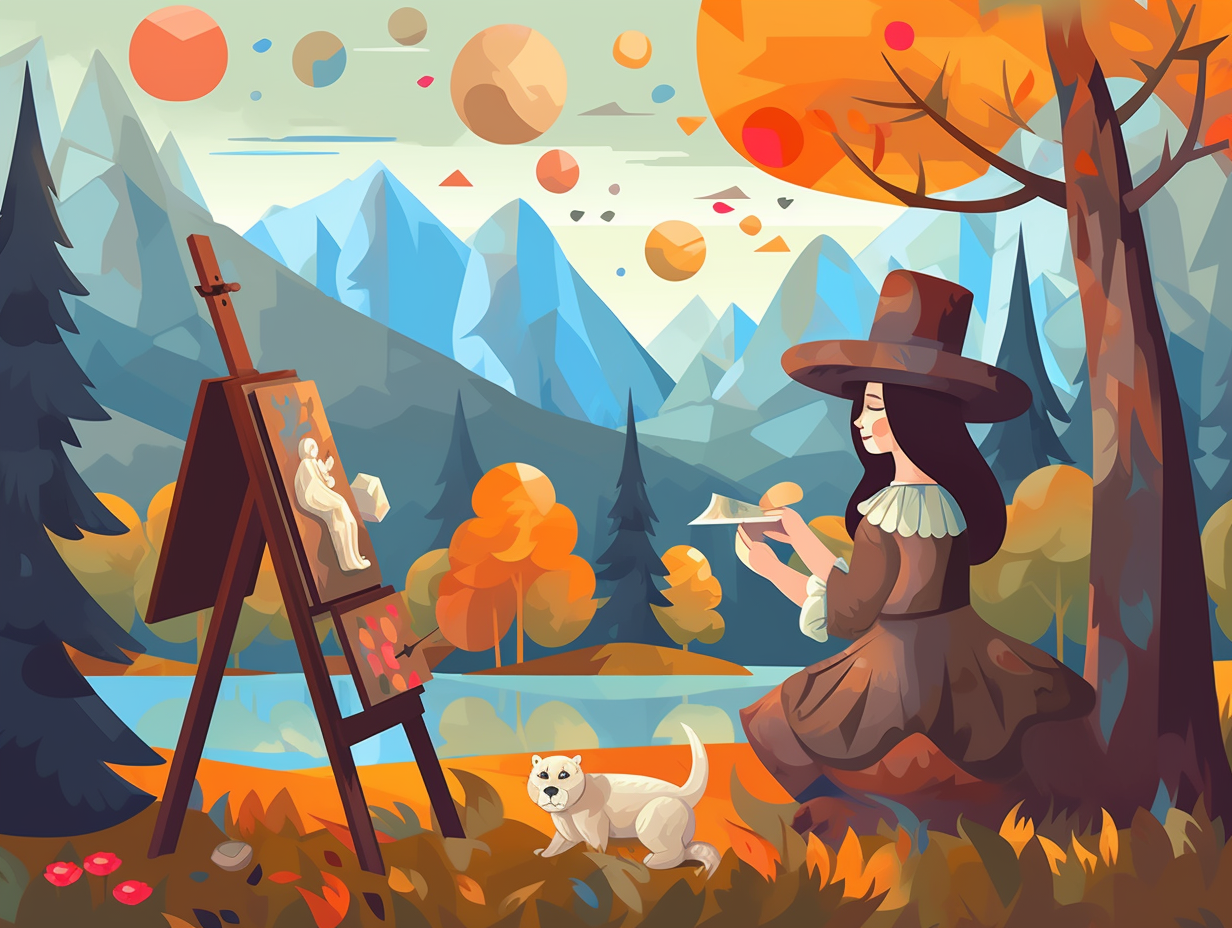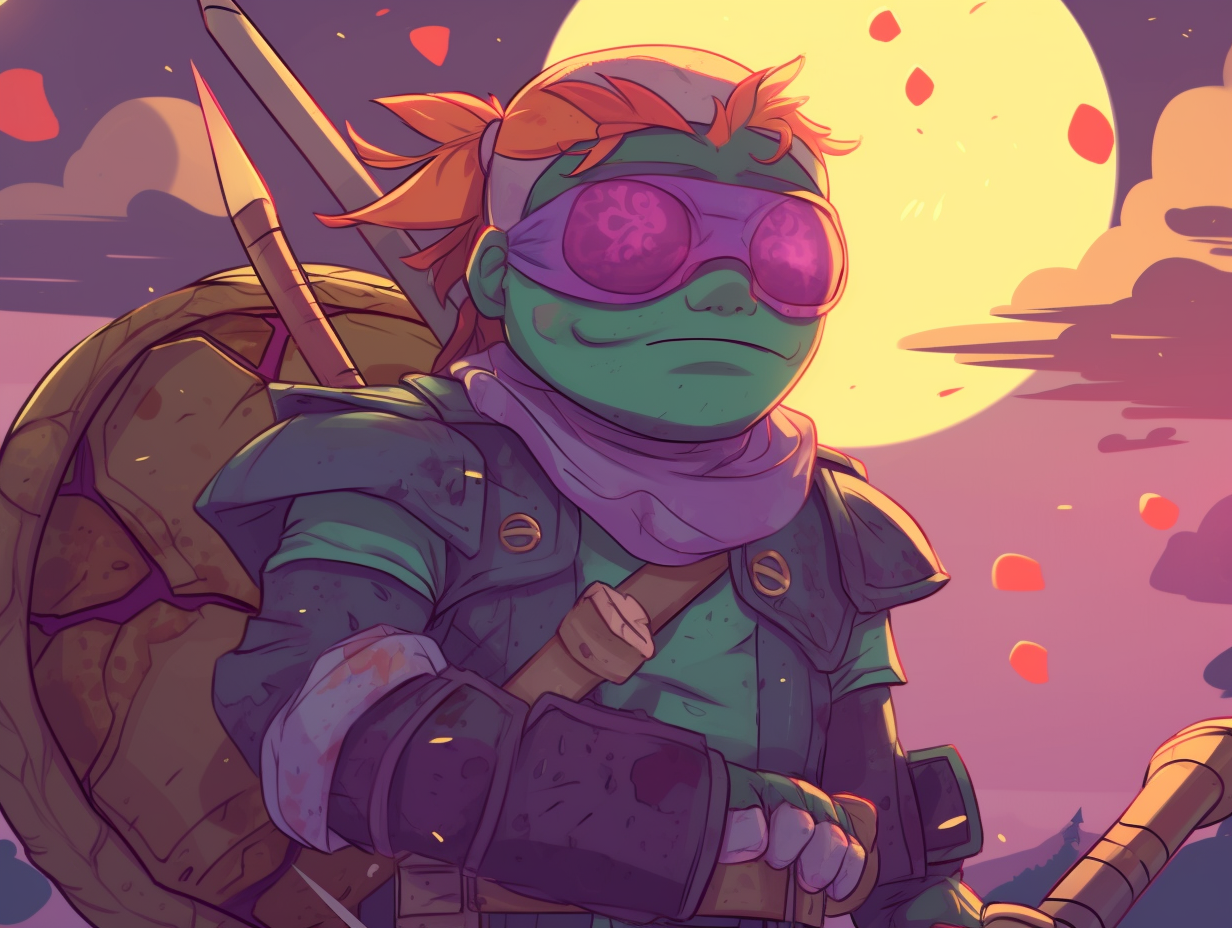9 Fascinating Facts About Jackson Pollock: Unravel the Mystery Behind the Art Legend
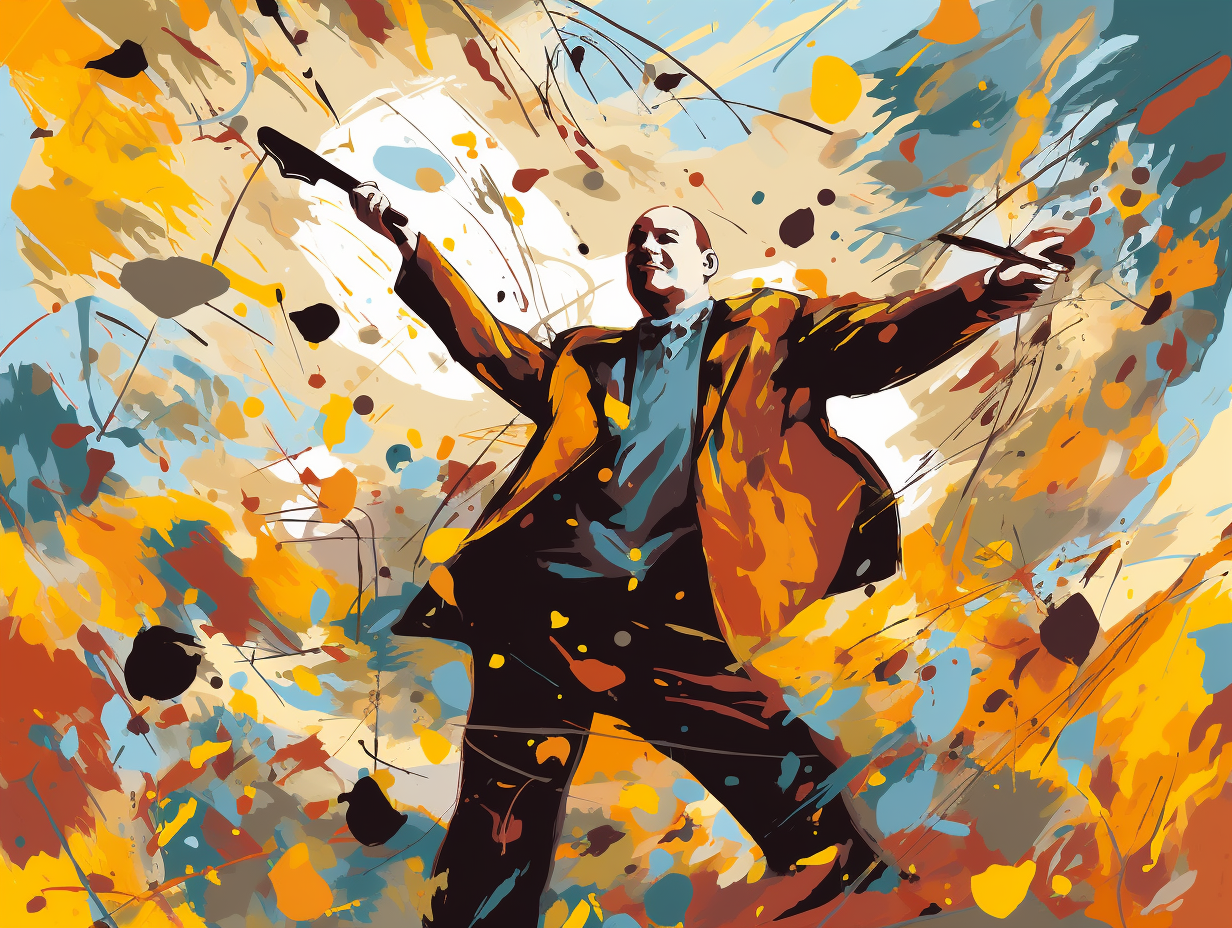
1. Unconventional Art Tools
Paint brushes? More like "boring brushes" for our boy Pollock: Jackson Pollock often used unconventional tools, such as the opposite end of a brush, sticks, and even pouring house paint directly onto the canvas, incorporating materials like sand, broken glass, pebbles, and nails into his artwork to express abstract ideas and emotions.
Source => medium.com
2. Drip Technique Secrets
While some might speculate that Jackson Pollock was a struggling artist who couldn't hold his liquor, turning his paint-splattered accidents into a lucrative career: the truth is, his ingenious "drip painting" technique was achieved by employing liquid enamel paints and unconventional applicators such as hardened brushes and basting syringes, allowing him to view and paint his canvases from all angles, creating a multi-dimensional masterpiece!
Source => en.wikipedia.org

Discover the controversy behind Diego Rivera's destroyed political mural in Rockefeller Center, featuring a not-so-subtle Lenin, and how it still influences art today. 🎨🔍
=> Fun Facts about Diego-Rivera
3. Influenced by Native American Art
If Jackson Pollock's brush had a frequent dripper miles card, it'd be sailing in first-class by now: Pollock's iconic drip paintings were actually meticulously planned and influenced by his prior work on large-scale realistic murals and visits to Native American sandpainting performances.
Source => artincontext.org
4. Captivated by Picasso
Though Jackson Pollock may not have actually been trapped in a web of Picasso's making, he was certainly under his spell: Pollock not only admired and competed with the legendary artist, but he also incorporated figurative elements from Picasso's artwork into his own drip paintings, pushing him towards abstract expressionism.
Source => cbsnews.com
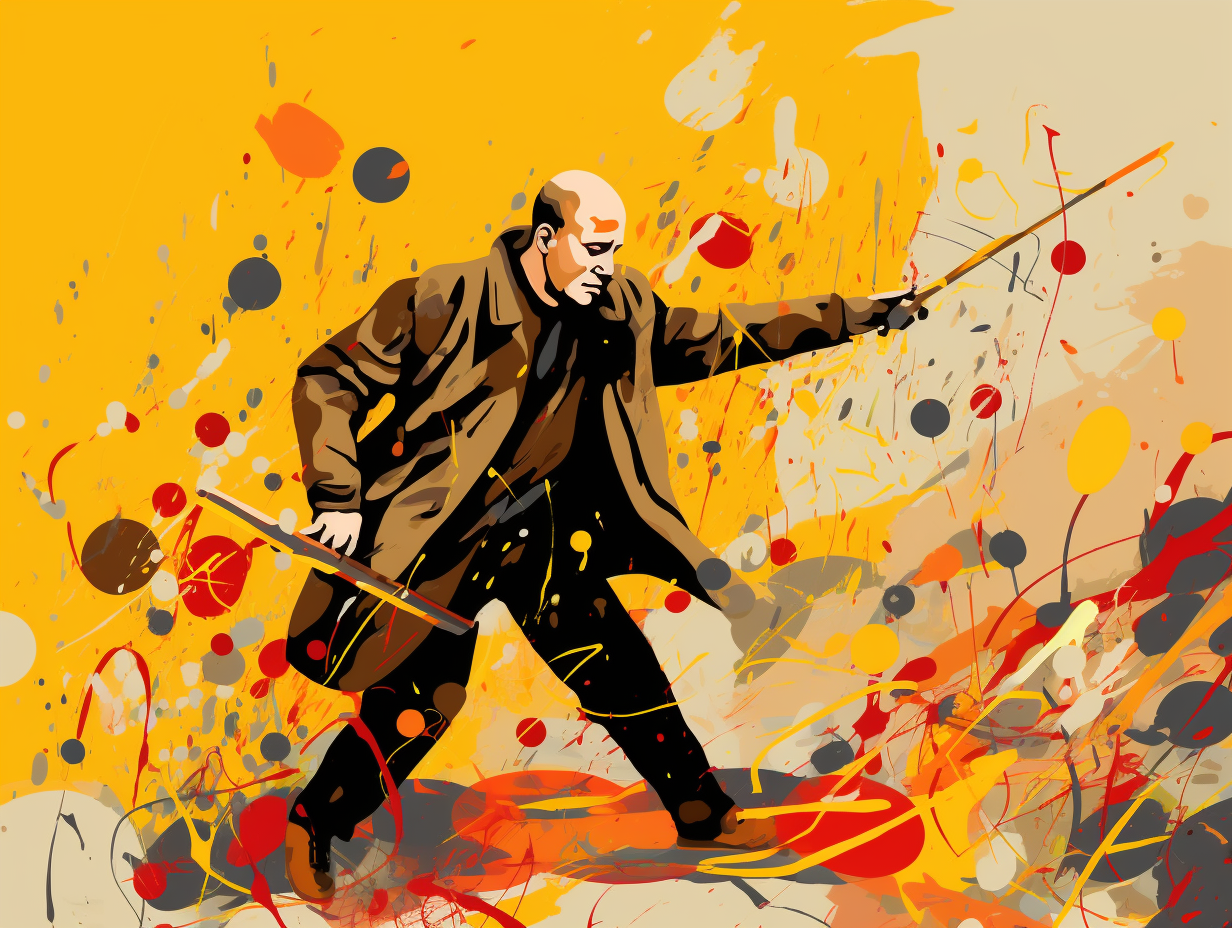
5. Ruth Kligman: The Ultimate Muse
Ruth Kligman wasn't just "Pollocked and Loaded" with artistic inspiration: She was a muse for Jackson Pollock and other postwar art geniuses, immortalized in portraits by Irving Penn and Robert Mapplethorpe, and even had a painting by Willem de Kooning named after her, eventually becoming BFFs with the likes of Jasper Johns and Franz Kline.
Source => nytimes.com
6. The Silent Art Ninja
In a world where silence is golden, Jackson Pollock seemed to have struck it rich, dipping and dabbling in the quiet depths of his creativity: Pollock would frequently work in absolute silence, with no music in his studio, pacing around the canvas as if he were a graceful art ninja, before unleashing his first splash attack.
Source => artsy.net
7. Record-Breaking Painting Prices
When Jackson Pollock decided to throw paint at a canvas, he probably didn't expect to be swimming in green as well: His "No. 5, 1948" sold for a record-breaking $140 million in 2006, holding the title of the most expensive painting sold until April 2011.
Source => dbpedia.org
8. Pollock's Jungian Adventure
Before he dabbled in the art of splatter, Jackson Pollock was couch-surfing the realms of psychoanalysis: The artist was actually a patient of renowned psychologist Carl Gustav Jung for a whole 18 months in the late 1930s, delving into the world of archetypal symbolism and even calling himself a Jungian, all before psychological theories became the talk of the art town.
Source => artforum.com
9. Bizarre Tools and Trance States
Step aside, traditional brushes and welcome the bizarre: Jackson Pollock's painting technique saw him wielding unconventional tools like sticks, turkey basters, and even dried-up paintbrushes to fling, drizzle, and drip paint onto his canvas, transforming his masterpieces into a dance of colors and textures as he immersed himself in a trance-like state.
Source => khanacademy.org
Related Fun Facts


